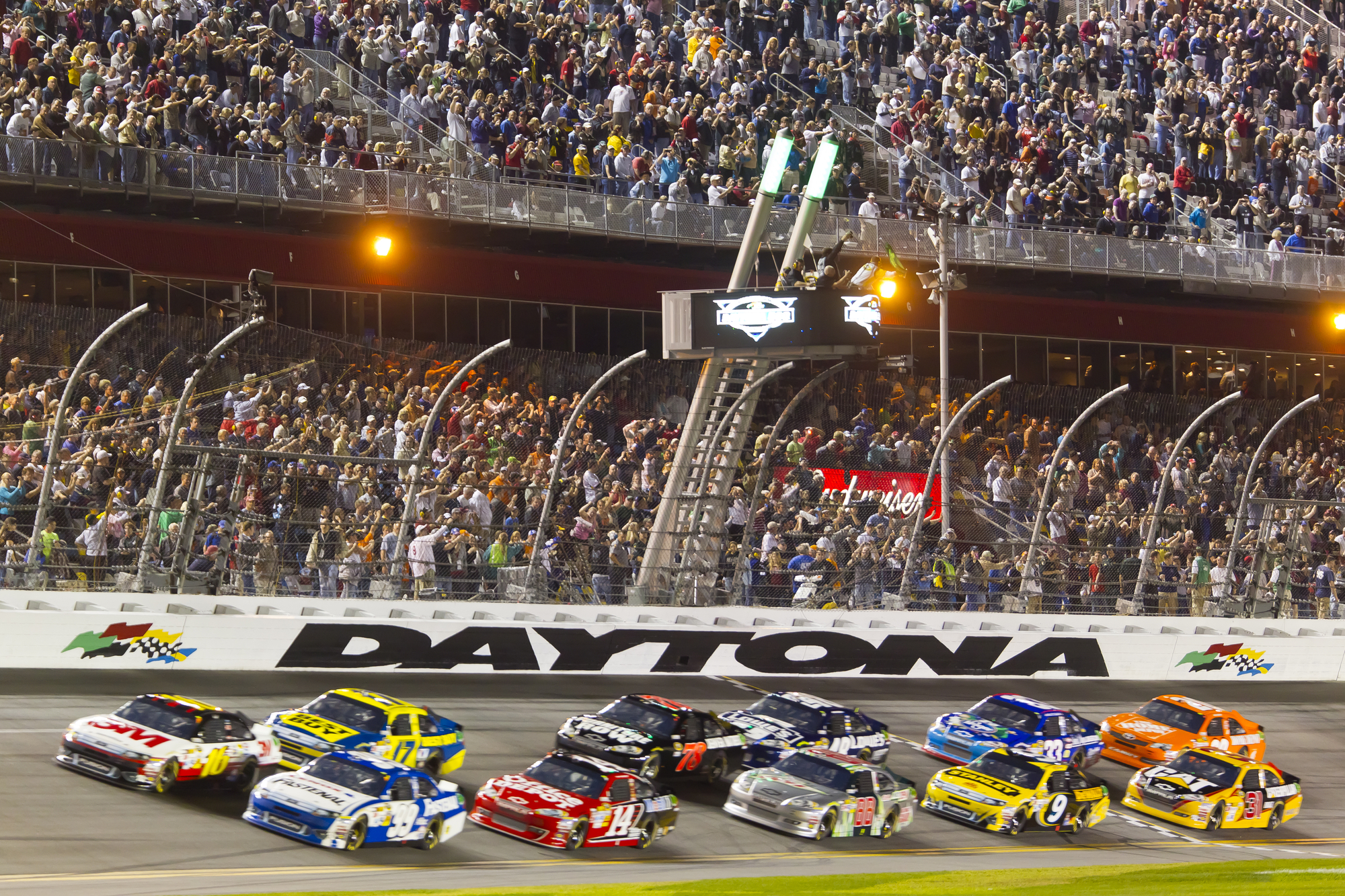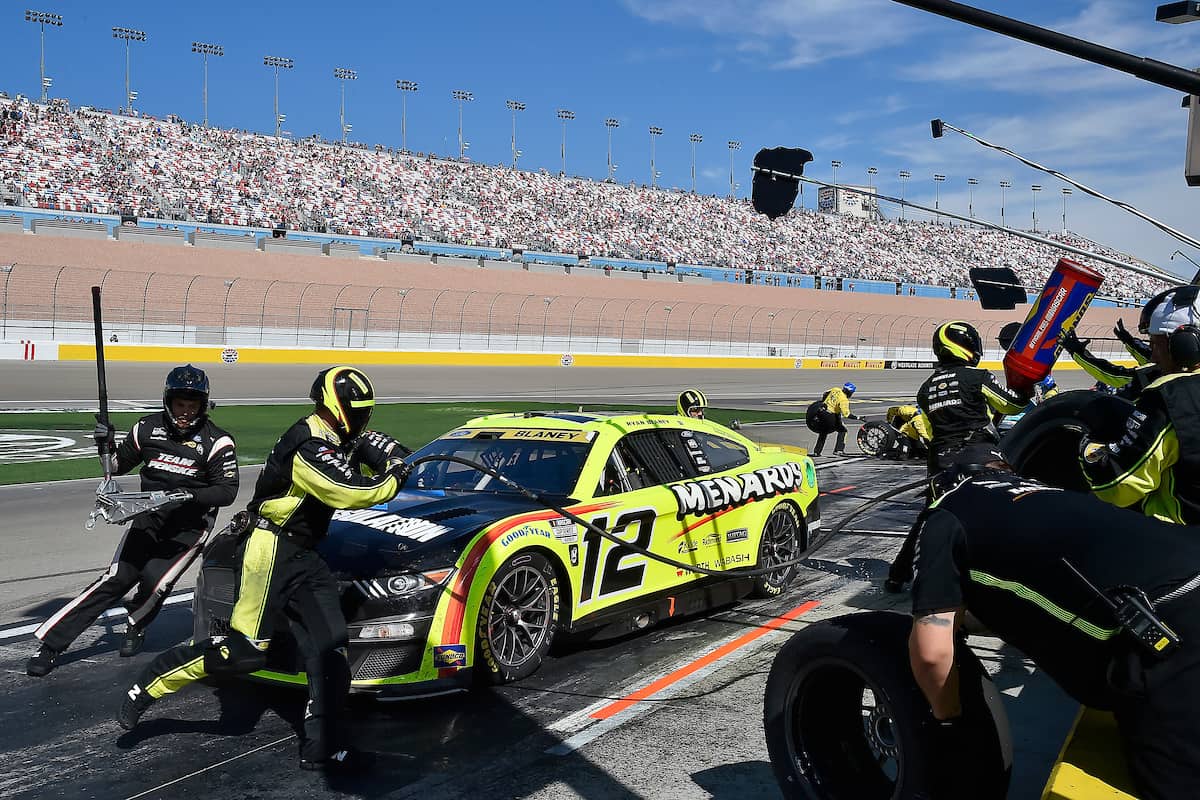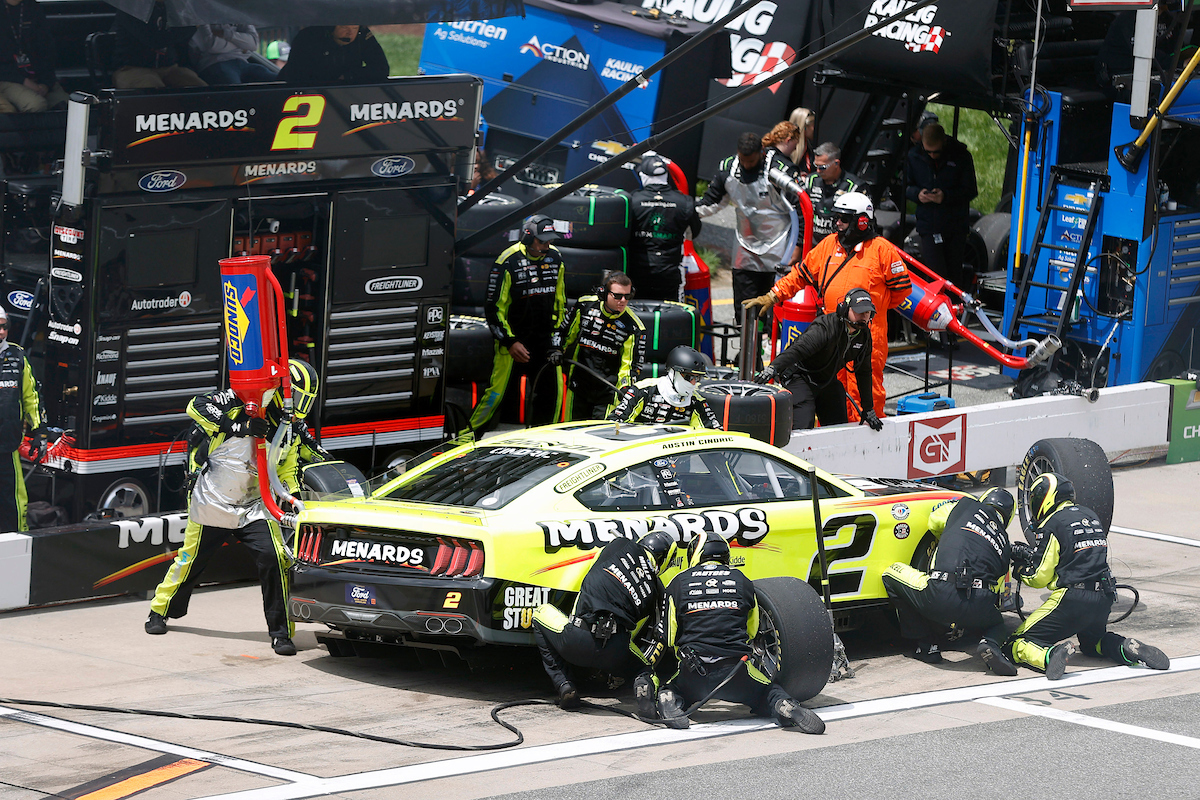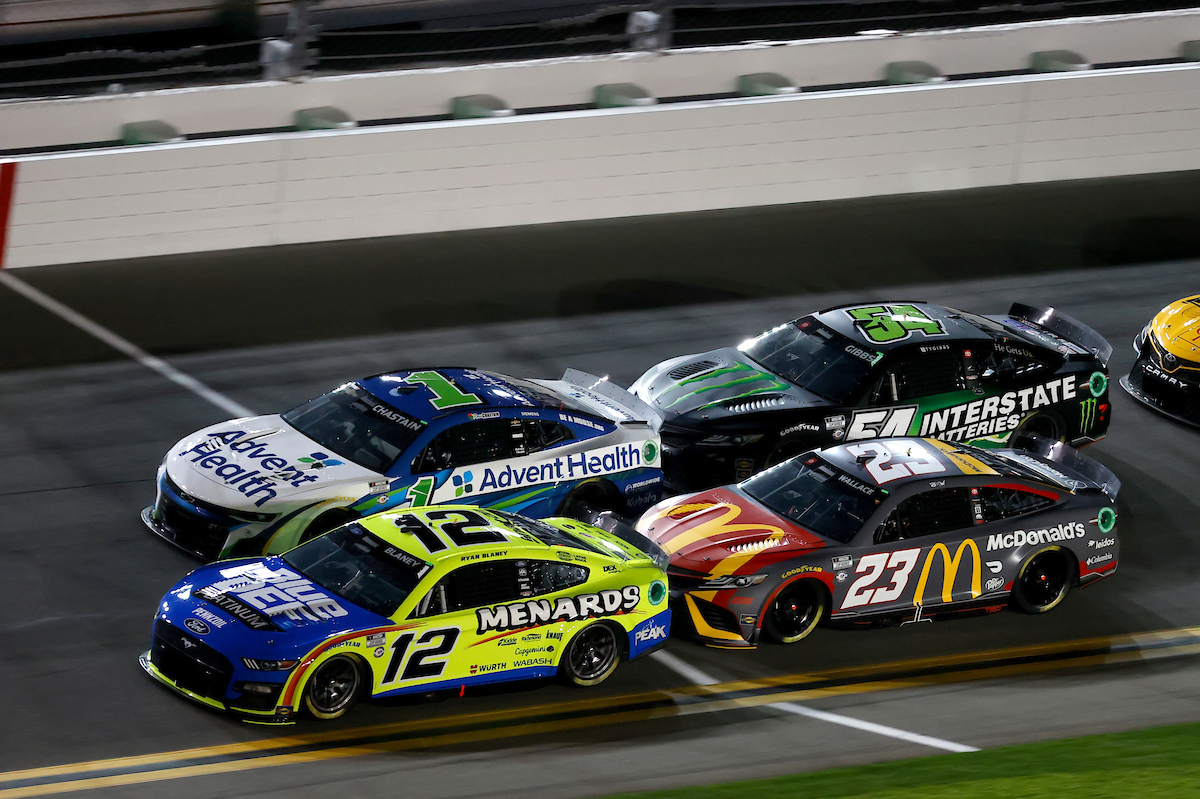Why are Nascar tracks so simple?
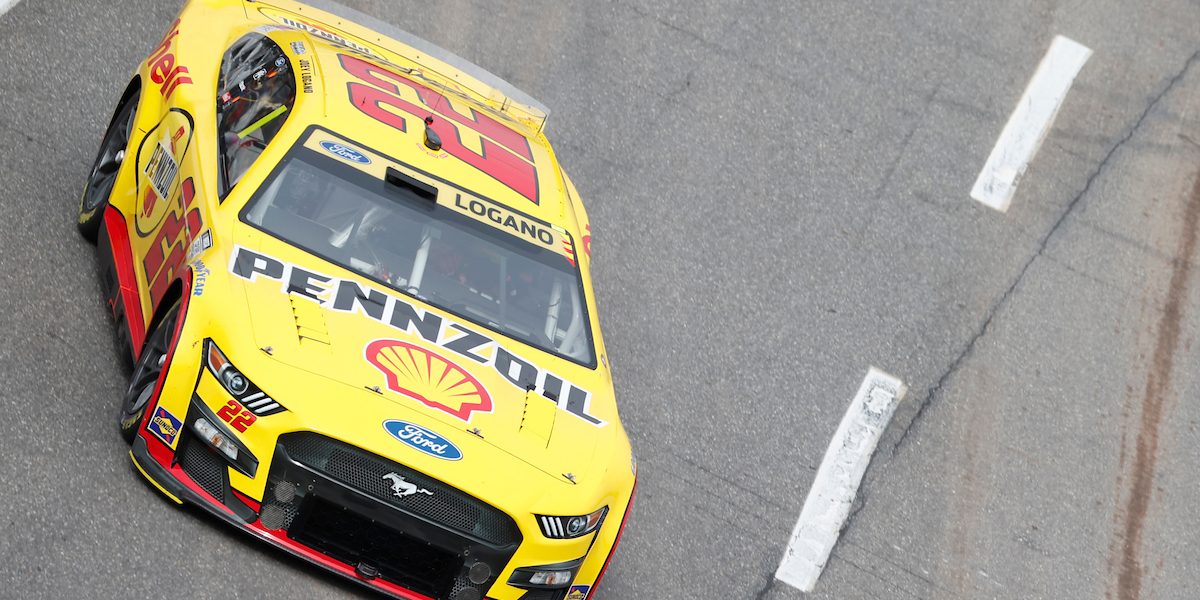

You’ve probably found yourself asking, “Why are NASCAR tracks so simple?” especially if you’re a fan of motorsports with more complex tracks. The question isn’t just idle curiosity; it relates directly to your understanding and appreciation of the sport.
In reality, NASCAR tracks are not as simple as they may appear. Their design involves a balance between speed, safety, and competitive racing.
In this article, we will delve deep into the intricacies behind NASCAR track designs, shedding light on why they might appear simple but are actually the result of complicated engineering and strategic planning.
Table of Contents
A Detailed Explanation of NASCAR Track Simplicity
The Illusion of Simplicity
At first glance, NASCAR tracks may seem basic, especially when compared to road courses in other motorsports, which often feature a variety of turns, elevations, and technical challenges. However, this supposed simplicity is deceptive. Tracks in NASCAR are designed to promote close racing, high speeds, and above all, safety.
Engineering for Speed and Safety
The design of NASCAR tracks involves highly specialized engineering. Banking angles, asphalt composition, and track width are all carefully considered to allow for optimal speed while minimizing the risk of accidents. In simpler terms, the tracks are designed to be fast but safe, a balance that is far from simple to achieve.
A Variety of Track Types
NASCAR actually features a range of track types, including short tracks, intermediate tracks, superspeedways, and even some road courses. Each brings its own set of challenges and requires different skills from the drivers. This variety contradicts the notion that all NASCAR tracks are simple ovals devoid of complexity.
The Role of Strategy
In NASCAR, the “simple” track layout allows for strategic elements such as drafting, tire management, and pit strategy to come into play more prominently than they might on a more complex track. These elements add layers of complexity that may not be immediately obvious to casual observers.
Here’s everything else you need to consider to fully understand why NASCAR tracks aren’t as simple as they seem.
What Makes a Track “Good” for Racing?
Understanding the Racing Line
Every track has an ideal “racing line,” a path that allows for the quickest lap time. On a more complex road course, finding the racing line can be a complicated task. However, on an oval track in NASCAR, it becomes a matter of fine nuances. Slight alterations in the racing line can result in significant time gains or losses, requiring an intimate understanding of the track’s features.
Importance of Pit Stops
Pit strategy is crucial in NASCAR due to the longer duration of races and higher consumption of fuel and tire rubber. The simpler design of the tracks puts more focus on optimizing pit stops. When to pit, how much fuel to take, and whether to change tires are all strategic decisions that can make or break a race, adding complexity to what seems like a simple course.
Different Types of NASCAR Tracks
Superspeedways vs Short Tracks
Superspeedways like Daytona and Talladega are designed for high speeds and feature steep banking. Short tracks like Bristol and Martinsville are more about handling and car control. Each requires a different setup and driving style, adding another layer of complexity to the so-called “simple” tracks.
Road Courses in NASCAR
Contrary to popular belief, NASCAR does feature road courses like Watkins Glen and Sonoma. These tracks add further variety to the NASCAR calendar and require a totally different skill set from the drivers, proving that NASCAR racing isn’t limited to “simple” tracks.
The Effect of Weather Conditions
How Weather Affects Racing
NASCAR tracks may seem less susceptible to weather variations, but that’s not true. Rain can make the asphalt more slippery, affecting tire choice and driving style. High temperatures can make engines run hot, impacting car performance. Even wind can affect a car’s aerodynamics.
The Use of Rain Tires
Unlike some other forms of motorsport, NASCAR has been increasingly open to using rain tires on certain tracks. The implementation of rain tires adds yet another strategic element to the race, debunking the myth that NASCAR tracks are merely simple ovals.
Why are Nascar tracks so simple? – Final Thoughts
You came here wondering why NASCAR tracks are so simple, but hopefully, you’re leaving with a new perspective. While they may appear straightforward, especially when compared to the labyrinthine road courses found in other motorsports, NASCAR tracks are far from simple. From the engineering that goes into making them both fast and safe to the strategic elements that come into play during a race, these tracks offer complexities that are not immediately obvious to the casual observer.
Remember, simplicity is often a veneer that masks underlying intricacies. So the next time you find yourself watching a NASCAR race, you’ll appreciate the nuanced challenges the drivers face lap after lap. And maybe, just maybe, you’ll understand that simplicity often holds its own form of complexity.
Why are Nascar tracks so simple? – Frequently Asked Questions (FAQ)
Are all NASCAR tracks ovals?
No, NASCAR features a variety of tracks including short tracks, intermediate tracks, superspeedways, and road courses.
Why do NASCAR tracks have banking?
Banking allows cars to maintain higher speeds safely around corners, balancing the forces acting on the vehicle.
Do NASCAR drivers prefer simpler tracks?
Driver preferences vary. Some enjoy the high speeds of superspeedways, while others prefer the technical challenges of road courses.
What are the most complex NASCAR tracks?
Tracks like Sonoma and Watkins Glen, which are road courses, are generally considered the most complex in the NASCAR schedule.
How do weather conditions affect NASCAR tracks?
Weather can significantly affect grip levels, tire wear, and aerodynamics, making races more unpredictable and challenging.






